Home>Furniture>Bedroom Furniture>How To Prevent My Bed Frame From Moving


Bedroom Furniture
How To Prevent My Bed Frame From Moving
Modified: October 18, 2024
Learn how to prevent your bed frame from moving with these simple tips and tricks. Keep your bedroom furniture in place and enjoy a stable sleeping experience.
(Many of the links in this article redirect to a specific reviewed product. Your purchase of these products through affiliate links helps to generate commission for Storables.com, at no extra cost. Learn more)
Introduction
Are you tired of constantly dealing with a bed frame that moves and shifts throughout the night? Have you ever woken up to find yourself sliding slowly towards the foot of the bed? If so, you’re not alone. Many people struggle with the annoyance and frustration of a bed frame that won’t stay in place.
But fear not, there are solutions to this problem. In this article, we will explore the various causes of bed frame movement and discuss effective methods to prevent it. By implementing these techniques, you can enjoy a peaceful and stable night’s sleep without having to constantly readjust your bed.
Before we dive into the solutions, it’s important to understand the factors that contribute to bed frame movement. There can be several reasons why your bed frame shifts, and addressing the root cause is essential in finding the most appropriate solution for your specific situation. Let’s take a closer look at some common causes of bed frame movement.
Key Takeaways:
- Say goodbye to restless nights and hello to a stable bed frame! Prevent movement by using non-slip mats, anti-slip pads, bed frame brackets, wheel locks, and wall anchors. Enjoy a secure and peaceful sleep environment.
- Tired of your bed frame sliding around? Adjust the legs, add stabilizers, or use safety straps to keep it in place. Choose the best method for your needs and enjoy uninterrupted sleep.
Read more: How To Move A Bed Frame
Causes of Bed Frame Movement
Understanding the causes of bed frame movement is crucial in finding the best strategies to prevent it. Here are a few common factors that can contribute to this issue:
- Uneven or Slippery Flooring: If your bedroom floor is uneven or made of slippery materials like hardwood or tile, it can cause the bed frame to shift and slide.
- Loose or Worn-Out Joints: Over time, the joints and connectors of your bed frame may become loose or worn-out. This can result in movement and instability.
- Improper Assembly: Incorrect assembly of the bed frame can lead to instability and movement. It’s essential to follow the manufacturer’s instructions carefully when setting up your bed frame.
- Heavy Mattress: A mattress that is too heavy for the bed frame can cause it to shift and move, especially if the frame is not adequately designed to support the weight.
- Inadequate Support Legs: Insufficient or improperly placed support legs can lead to bed frame movement, as they may not provide enough stability and balance.
Identifying the specific cause of your bed frame movement will help you select the most effective prevention method. Now, let’s explore some methods to prevent your bed frame from moving.
Methods to Prevent Bed Frame from Moving
1. Using Non-Slip Mats or Rug Grippers: Place non-slip mats or rug grippers between the bed frame and the floor. These materials provide traction and help prevent the bed frame from sliding on smooth floors.
2. Using Anti-Slip Pads or Double-Sided Tape: Apply anti-slip pads or double-sided tape to the underside of the bed frame feet. This will create friction and keep the bed frame in place.
3. Utilizing Bed Frame Brackets or Clamps: Attach bed frame brackets or clamps to secure the frame to the headboard and footboard. This will provide additional stability and prevent movement.
4. Installing Bed Frame Stoppers or Wheel Locks: Place bed frame stoppers or wheel locks at the base of the bed frame legs. These devices lock the wheels or stabilize the frame, preventing it from moving.
5. Adjusting the Bed Frame Legs or Adding Stabilizers: Ensure that the bed frame legs are properly adjusted and leveled. You can also add stabilizers, such as corner braces or L-shaped brackets, to reinforce the frame and prevent movement.
6. Using Wall Anchors or Safety Straps: Install wall anchors or safety straps to connect the bed frame to the wall. This method provides additional support and prevents the frame from shifting.
By implementing one or more of these methods, you can significantly reduce or eliminate bed frame movement. However, keep in mind that the most effective solution may vary depending on the specific cause of the movement. Now that you have a better understanding of the prevention methods, you can choose the one that suits your needs and preferences.
Remember, a stable bed frame not only enhances your sleep quality but also promotes safety by minimizing the risk of accidents. Say goodbye to restless nights and hello to a sturdy and secure bed frame!
Method 1: Using Non-Slip Mats or Rug Grippers
One of the easiest and most cost-effective methods to prevent your bed frame from moving is by using non-slip mats or rug grippers. These materials provide much-needed traction between the bed frame and the floor, preventing unwanted sliding and shifting.
To use non-slip mats or rug grippers, follow these simple steps:
- Clean the Floor: Start by cleaning the area where your bed frame sits. Remove any dust, dirt, or debris that may affect the adhesive properties of the non-slip mats or rug grippers.
- Measure and Cut: Measure the dimensions of your bed frame feet or legs and cut the non-slip mat or rug grippers into appropriate sizes. Make sure they are slightly smaller than the feet to avoid visibility from the sides.
- Position the Mats or Grippers: Place the non-slip mats or rug grippers directly under each foot or leg of the bed frame. Ensure they are centered and aligned properly.
- Press Firmly: Apply pressure to the mats or grippers, firmly pressing them against the floor. This ensures a secure bond and maximizes their anti-slip properties.
Non-slip mats are often made of rubber or silicone material, which provides excellent grip on various types of flooring, including hardwood, tile, or laminate. Rug grippers, on the other hand, are specifically designed to keep rugs in place but can also work effectively for bed frame stability.
In addition to preventing movement, non-slip mats or rug grippers have the added benefit of protecting your floor from scratches caused by the bed frame feet.
This method is particularly useful if your bed frame tends to slide on smooth or slippery floors. By enhancing traction, non-slip mats or rug grippers offer a simple yet effective solution to keep your bed frame securely in position.
Remember to periodically check and readjust the mats or grippers to ensure they are still in place and maintain their anti-slip properties. With this method, you can enjoy a restful night’s sleep without the constant annoyance of a shifting bed frame.
Method 2: Using Anti-Slip Pads or Double-Sided Tape
If you’re looking for another practical solution to prevent your bed frame from moving, using anti-slip pads or double-sided tape is a great option. These materials create friction between the bed frame feet and the floor, keeping the frame stable and stationary.
Follow these steps to utilize anti-slip pads or double-sided tape effectively:
- Clean the Feet: Start by cleaning the feet of your bed frame to ensure there is no dust or dirt that could impair the adhesion of the anti-slip pads or tape.
- Cut or Position: Measure the size of your bed frame feet and cut the anti-slip pads into appropriate shapes or position the double-sided tape along the bottom of the feet. Make sure the pads or tape cover the entire surface area of the feet for maximum effectiveness.
- Remove Backing: If you’re using anti-slip pads, peel off the backing to reveal the adhesive side. For double-sided tape, remove the backing from both sides to expose the adhesive surfaces.
- Apply to Feet: Press the adhesive side of the pads firmly onto the bottom of each bed frame foot. If using double-sided tape, press the feet onto the tape, ensuring a secure bond.
Anti-slip pads are often made of rubber or silicone material, while double-sided tape typically features a strong adhesive that adheres well to various surfaces. Both options effectively increase friction and prevent the bed frame from sliding or shifting.
Using anti-slip pads or double-sided tape is a versatile method as it can work on a variety of flooring types. It is particularly beneficial for bed frames that have smoother or flatter feet surfaces that may not provide adequate grip on their own.
Remember to periodically check the pads or tape to ensure they haven’t lost their adhesive properties or become worn out. If necessary, replace them to maintain the effectiveness of this method.
By incorporating anti-slip pads or double-sided tape into your bed frame setup, you can enjoy a stable and secure sleeping experience without the frustration of constant movement or readjustment.
Use rubber pads or grippers between the bed frame and the floor to prevent it from moving. These can help to provide traction and stability, keeping the bed frame in place.
Method 3: Utilizing Bed Frame Brackets or Clamps
If you’re looking for a more robust solution to prevent your bed frame from moving, utilizing bed frame brackets or clamps can provide the additional stability and support you need. These hardware accessories help secure the bed frame to the headboard and footboard, preventing any unwanted movement or shifting.
Follow these steps to effectively utilize bed frame brackets or clamps:
- Identify Compatible Brackets: Check your bed frame and determine if it is compatible with brackets or clamps. Some bed frames come with pre-drilled holes or slots specifically designed for this purpose, while others may require modification or additional hardware.
- Align the Headboard and Footboard: Align the headboard and footboard with the bed frame. Ensure they are properly positioned and leveled.
- Attach the Brackets: Place the brackets or clamps on the bed frame and align them with the corresponding holes or slots on the headboard and footboard. Secure them in place using screws or bolts provided with the brackets.
- Tighten the Fasteners: Once the brackets are in place, tighten the screws or bolts firmly to ensure a secure connection between the bed frame, headboard, and footboard.
Bed frame brackets or clamps offer a durable and long-lasting solution, providing stability and preventing any shifting or movement. They are particularly useful for bed frames that have the possibility of becoming loose or wobbly over time.
Keep in mind that the specific type of bed frame brackets or clamps you need may vary depending on the design and construction of your bed frame. It’s important to select the appropriate brackets that are compatible with your bed frame for optimal results.
Add-ons, such as cross-support bars, can further reinforce the stability of your bed frame. These bars connect the side rails to the center support, distributing the weight evenly and minimizing any potential movement.
By utilizing bed frame brackets or clamps, you can rest assured knowing that your bed frame will remain securely in place, providing you with the stability and comfort you deserve.
Method 4: Installing Bed Frame Stopper or Wheel Locks
If your bed frame has wheels or casters, installing bed frame stoppers or wheel locks can effectively prevent unwanted movement and keep your bed stable and secure. These devices work by immobilizing the wheels, preventing them from rolling or sliding.
Follow these steps to install bed frame stoppers or wheel locks:
- Determine the Type of Stopper or Lock: There are various types of bed frame stoppers or wheel locks available in the market. Choose the one that is compatible with your bed frame and best suited for your specific needs.
- Position the Stopper or Lock: Locate the wheels or casters on your bed frame. Place the stopper or lock directly in front of each wheel.
- Engage the Stopper or Lock: Activate the stopper or lock according to the manufacturer’s instructions. This may involve pushing a lever, twisting a mechanism, or engaging a lock to prevent the wheels from moving.
- Test for Stability: Apply gentle pressure on the bed frame to ensure that the stoppers or wheel locks are effectively preventing any movement or sliding.
Bed frame stoppers or wheel locks are available in different designs, including lever-operated, brake-style locks, or stoppers that wedge under the wheels. Choose the option that suits your bed frame and personal preferences.
This method provides a secure and reliable solution to keep your bed frame stationary, and it is especially useful for bed frames that have wheels on hardwood or slippery surfaces.
It’s important to periodically check the stoppers or wheel locks to ensure they are still engaged and working effectively. Over time, they may need adjustment or replacement to ensure the continued stability of your bed frame.
By installing bed frame stoppers or wheel locks, you can sleep peacefully without worrying about your bed frame moving or shifting during the night. Enjoy the added stability and security that these devices provide.
Method 5: Adjusting the Bed Frame Legs or Adding Stabilizers
If you have a bed frame with adjustable legs or legs that are not firmly in contact with the floor, adjusting the legs or adding stabilizers can significantly reduce or eliminate bed frame movement. This method focuses on ensuring that the bed frame is properly balanced and supported, minimizing any potential shifting or wobbling.
Follow these steps to adjust the bed frame legs or add stabilizers:
- Assess the Stability: Start by evaluating the stability of your bed frame. Identify any legs that appear uneven, loose, or don’t make sufficient contact with the floor.
- Adjust the Legs: For bed frames with adjustable legs, adjust each leg to an equal height. Use a measuring tape or level tool to ensure that all legs are the same length, promoting proper balance.
- Add Stabilizers: If your bed frame doesn’t have adjustable legs or still lacks stability, consider adding stabilizers. Corner braces or L-shaped brackets can be attached to the corners of the bed frame, reinforcing its structure and reducing movement.
- Tighten Loose Joints: If you notice any loose joints or connectors in your bed frame, tighten them with screws or bolts. This will help improve stability and minimize movement.
By adjusting the legs or adding stabilizers, you can enhance the overall stability and balance of your bed frame, reducing the likelihood of any shifting or movement during use.
Adding additional support, such as center support legs or cross-support bars, can also contribute to the stability and prevent any sagging or bending in the bed frame. These reinforcements distribute the weight evenly, further minimizing movement and ensuring long-term durability.
Regularly check the bed frame legs and stabilizers to ensure they remain in proper alignment and are securely fastened. Adjust them as needed to maintain optimal stability over time.
By implementing this method, you can significantly improve the stability and overall performance of your bed frame, allowing for a more restful and undisturbed sleep experience.
Method 6: Using Wall Anchors or Safety Straps
To further enhance the stability and prevent any movement of your bed frame, utilizing wall anchors or safety straps can be a reliable solution. These devices securely connect the bed frame to the wall, adding an extra layer of support and minimizing any potential shifting or wobbling.
Follow these steps to effectively use wall anchors or safety straps:
- Choose Wall Anchor Types: There are various types of wall anchors available, such as toggle bolts or expansion anchors. Select the one that is suitable for the type of wall and weight requirements of your bed frame.
- Identify Attachment Points: Determine the ideal attachment points on the bed frame and corresponding spots on the wall. These should align with the structure and stability of both the bed frame and the wall.
- Install Wall Anchors: Install the wall anchors according to the manufacturer’s instructions. This typically involves drilling holes into the wall, inserting the anchors, and securing them in place.
- Attach Safety Straps: Connect the safety straps to the wall anchors and bed frame. Follow the instructions provided by the manufacturer to ensure proper installation and secure connection.
- Tighten and Adjust: Once the safety straps are attached, tighten them appropriately to provide the desired level of stability while allowing for a comfortable sleep experience.
Wall anchors and safety straps effectively reinforce the bed frame’s connection to the wall, preventing swaying or movement. They are particularly useful for bed frames without headboards or when additional stability is needed, such as in platform or floating bed frames.
Ensure that the wall anchors and safety straps are securely fastened and periodically inspect them to make sure they remain in place. If necessary, tighten the straps or adjust the anchors to maintain the optimal level of stability over time.
Using wall anchors or safety straps provides a reliable solution to keep your bed frame firmly in place, promoting peace of mind and uninterrupted sleep.
Remember, proper installation and following the manufacturer’s instructions are crucial for the effectiveness and safety of this method. With wall anchors or safety straps, you can enjoy a stable bed frame that is securely anchored to the wall.
Read more: How To Move A Tempurpedic Bed Frame
Conclusion
Dealing with a bed frame that constantly moves and shifts can be a frustrating experience. Fortunately, there are several effective methods to prevent bed frame movement and ensure a stable and secure sleeping environment.
By understanding the causes of bed frame movement, such as uneven flooring, loose joints, or lack of proper support, you can identify the most appropriate prevention method for your specific situation.
Methods such as using non-slip mats or rug grippers, anti-slip pads or double-sided tape, bed frame brackets or clamps, bed frame stoppers or wheel locks, adjusting the bed frame legs or adding stabilizers, and utilizing wall anchors or safety straps can all contribute to a stable bed frame and minimize unwanted movement.
Choosing the right method will depend on factors like the type of flooring, design of the bed frame, and personal preferences. It’s important to carefully consider each method and determine which one best suits your needs.
Remember to regularly inspect and maintain the chosen prevention method to ensure its effectiveness over time. Periodic adjustments or replacements may be necessary to keep your bed frame secure and stable.
By implementing these prevention methods, you can enjoy a peaceful night’s sleep without the annoyance of a bed frame that constantly moves or requires readjustment. A stable and secure bed frame not only enhances your sleep quality but also promotes safety by minimizing the risk of accidents.
So say goodbye to restless nights and hello to a bed frame that stays in place. Choose the prevention method that works best for you and take control of your sleeping environment. Sleep tight!
Frequently Asked Questions about How To Prevent My Bed Frame From Moving
Was this page helpful?
At Storables.com, we guarantee accurate and reliable information. Our content, validated by Expert Board Contributors, is crafted following stringent Editorial Policies. We're committed to providing you with well-researched, expert-backed insights for all your informational needs.
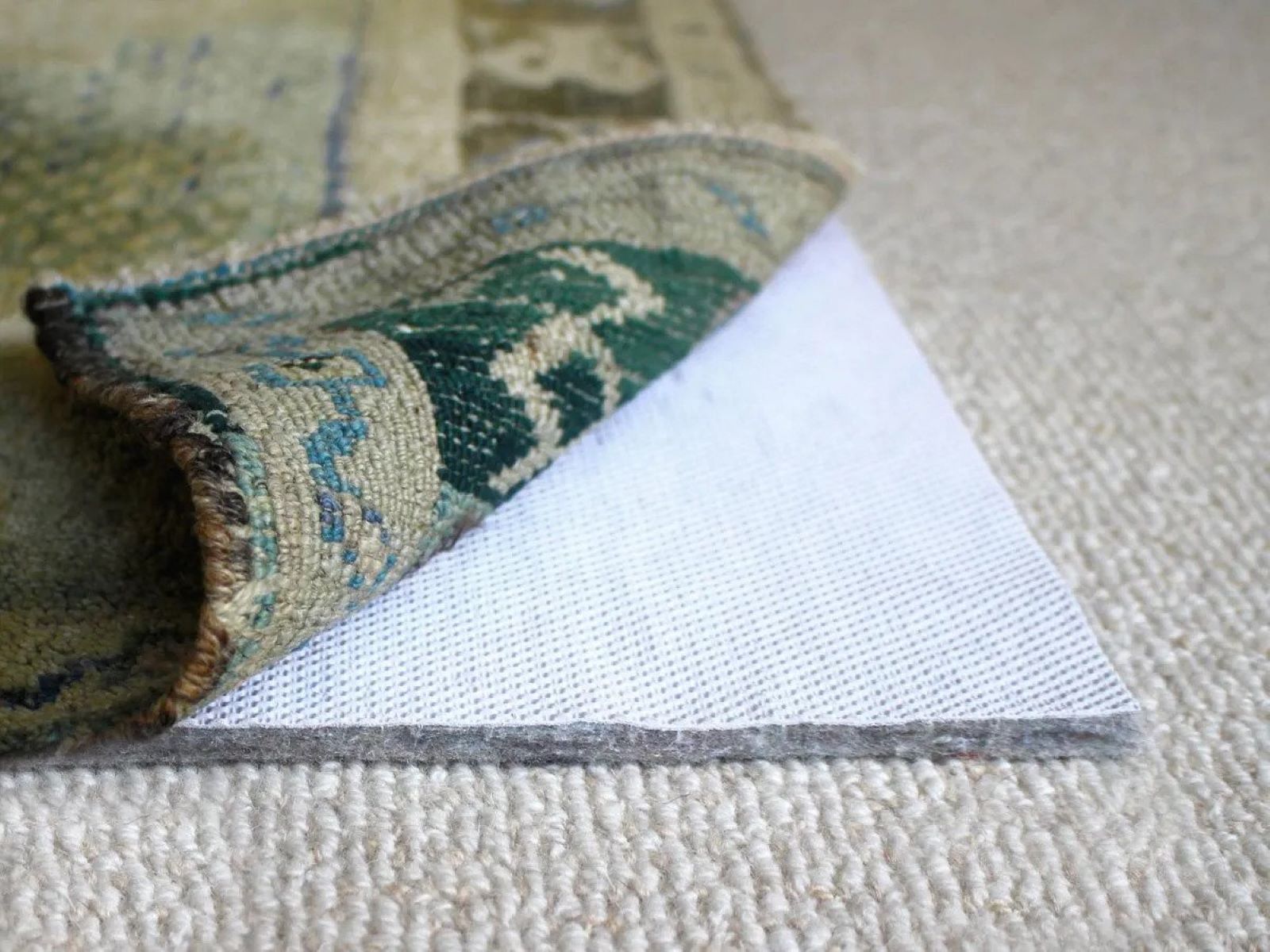
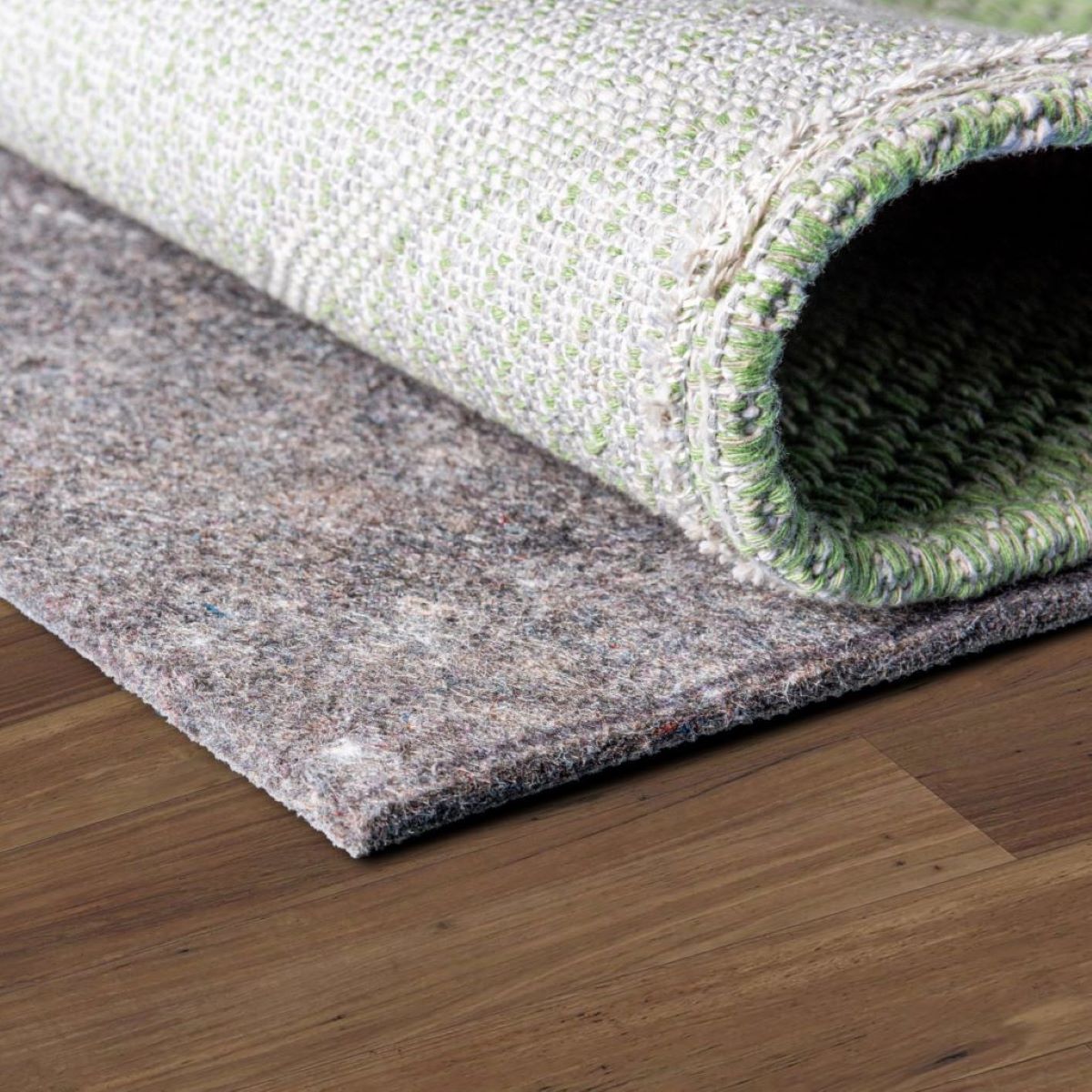
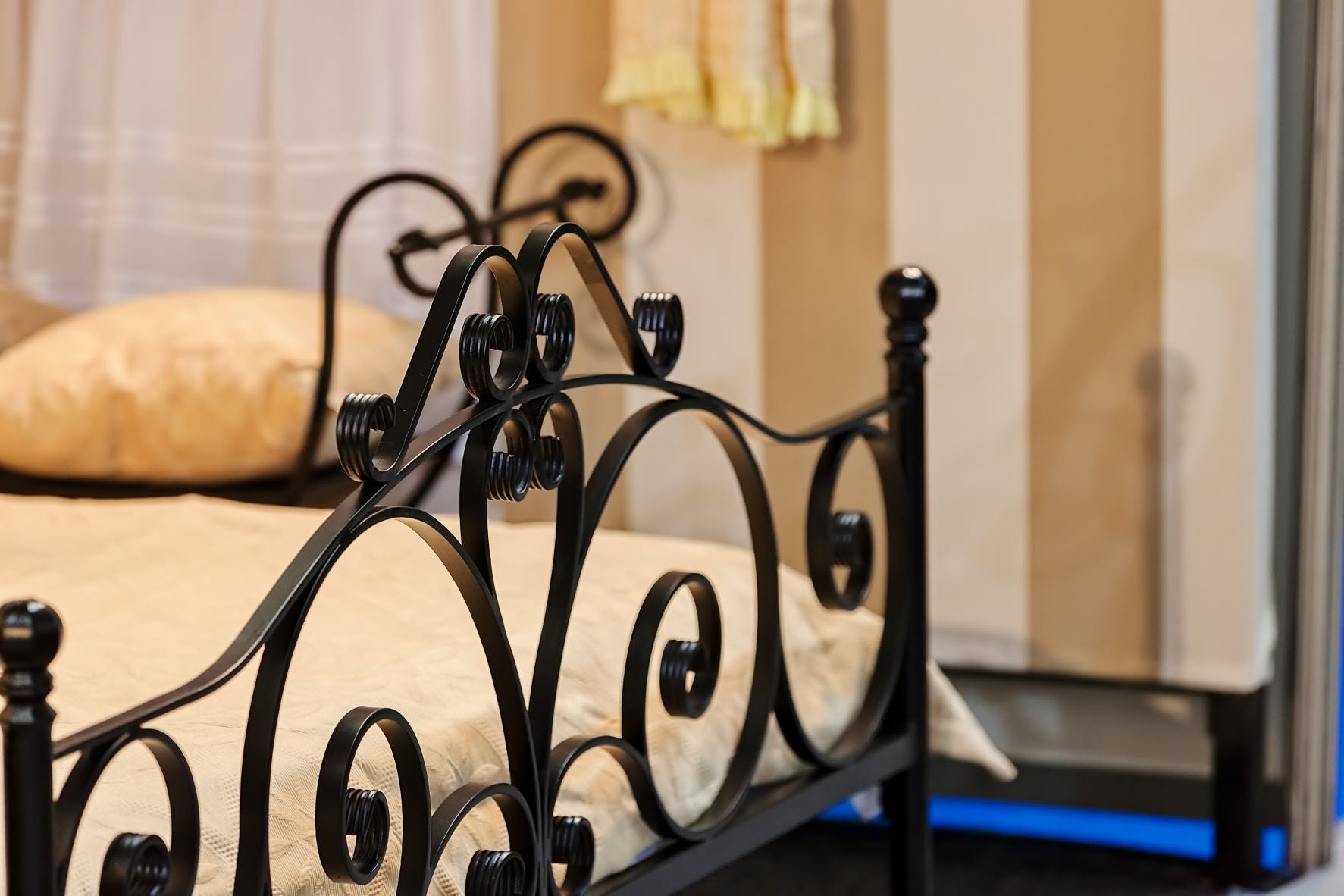

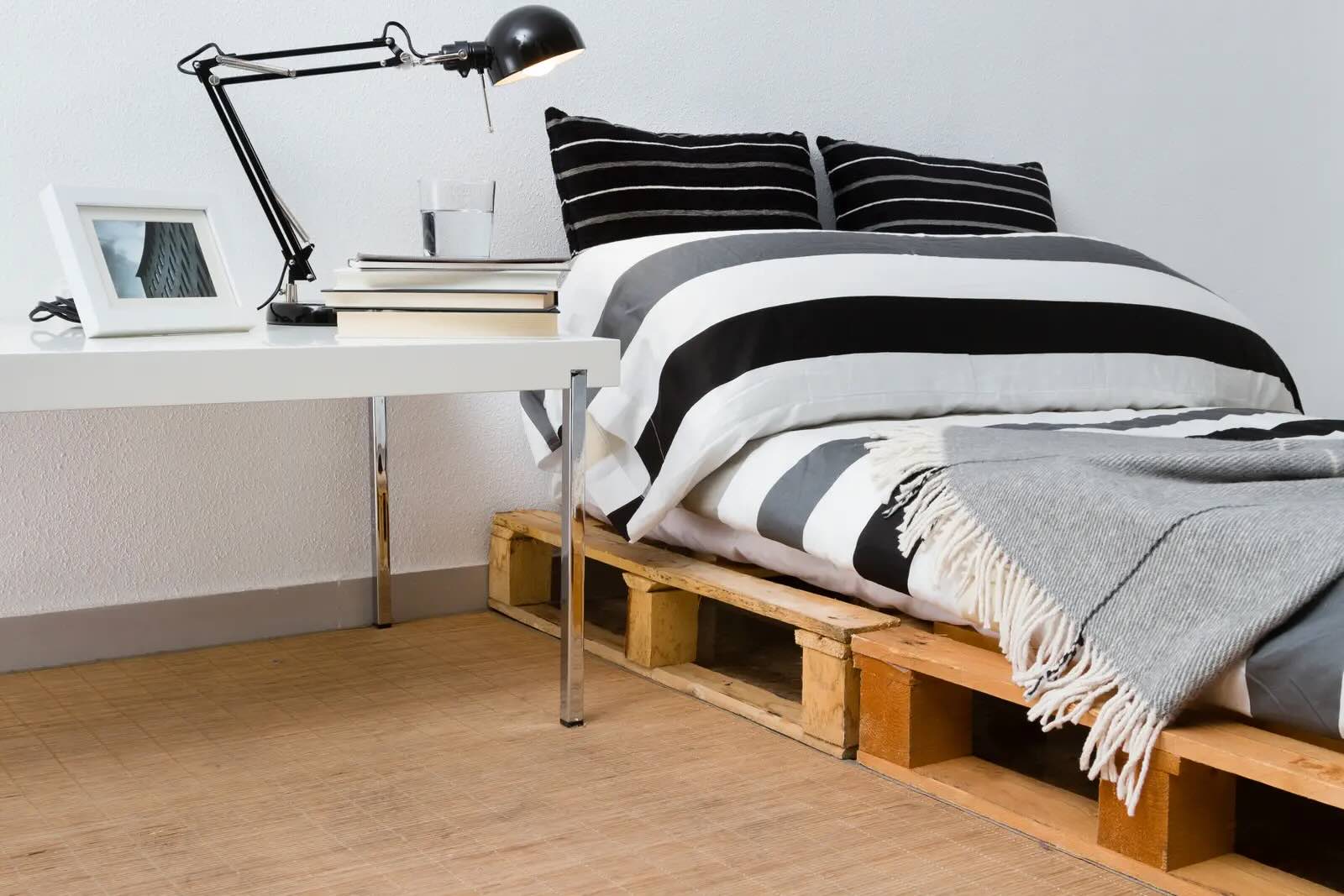


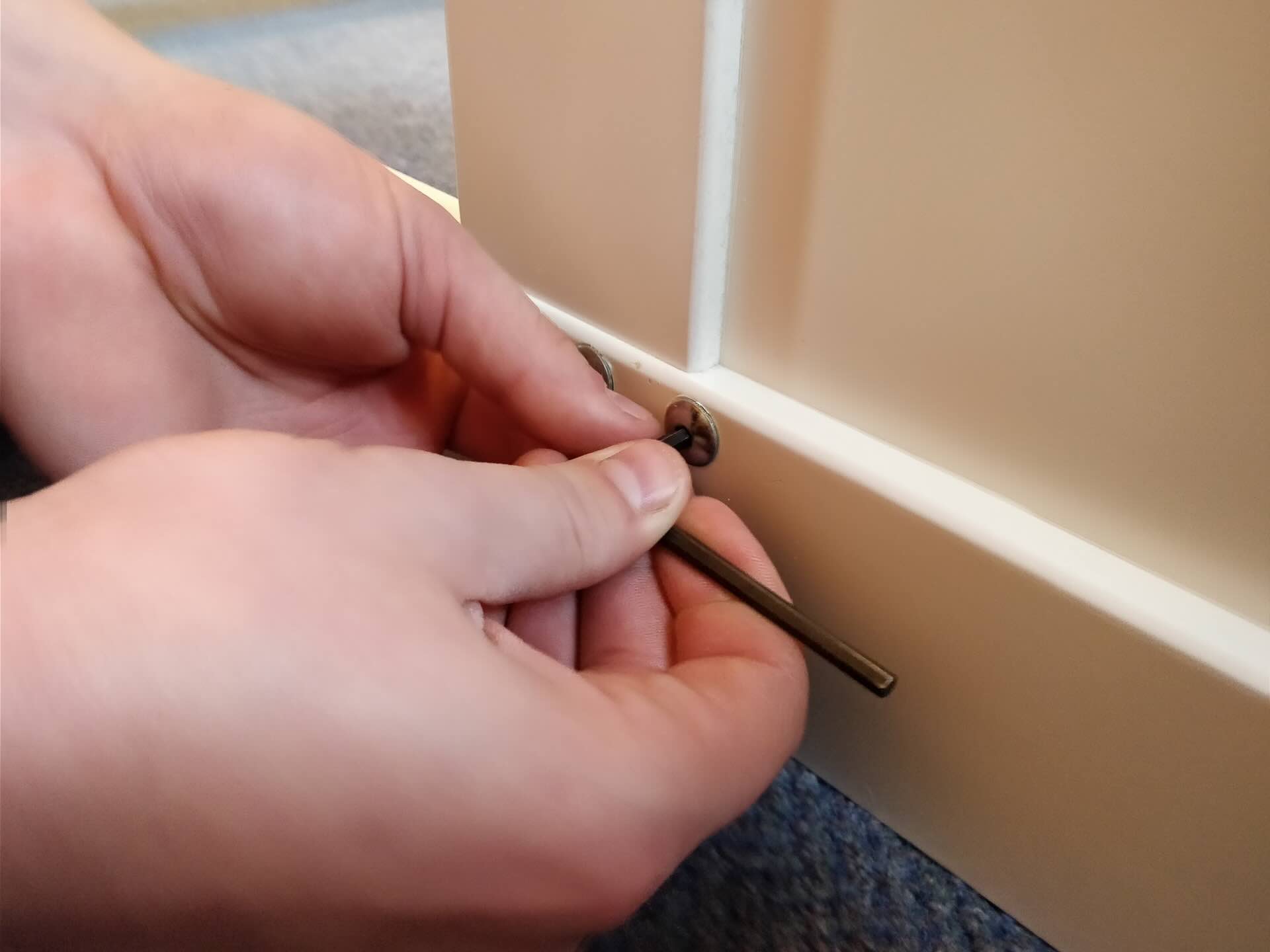

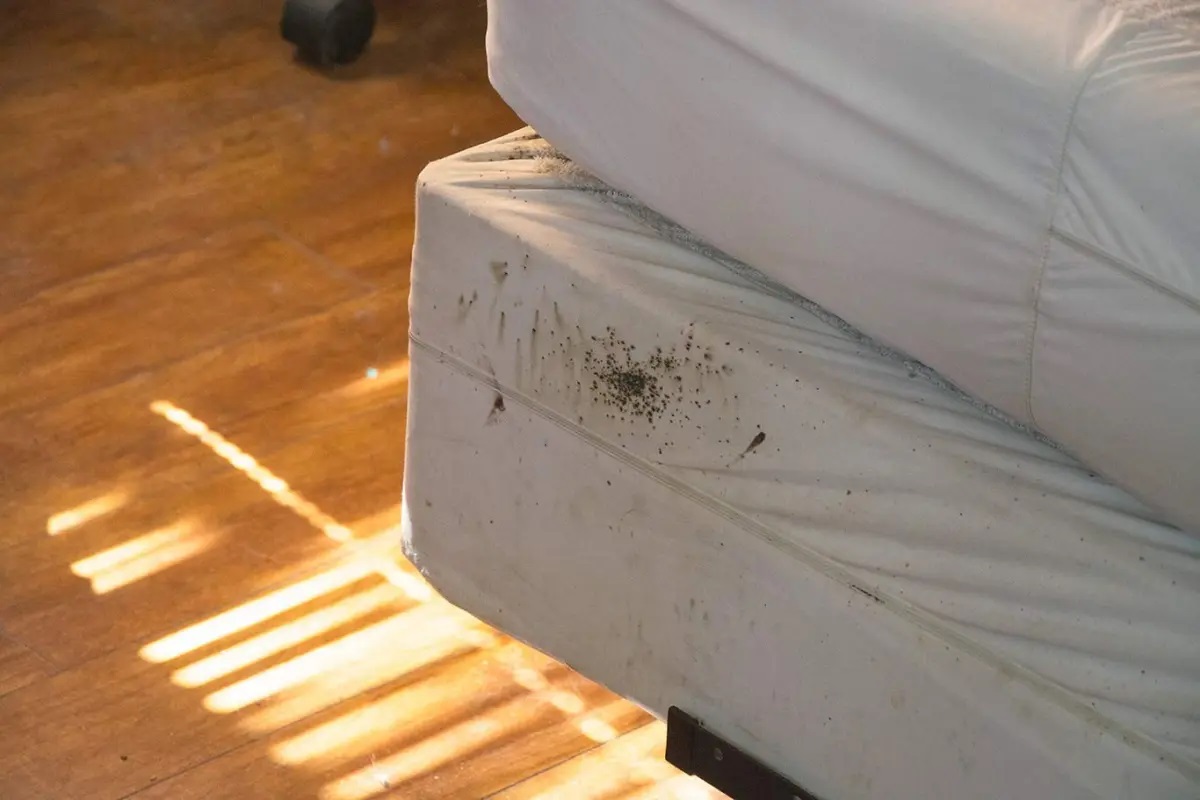
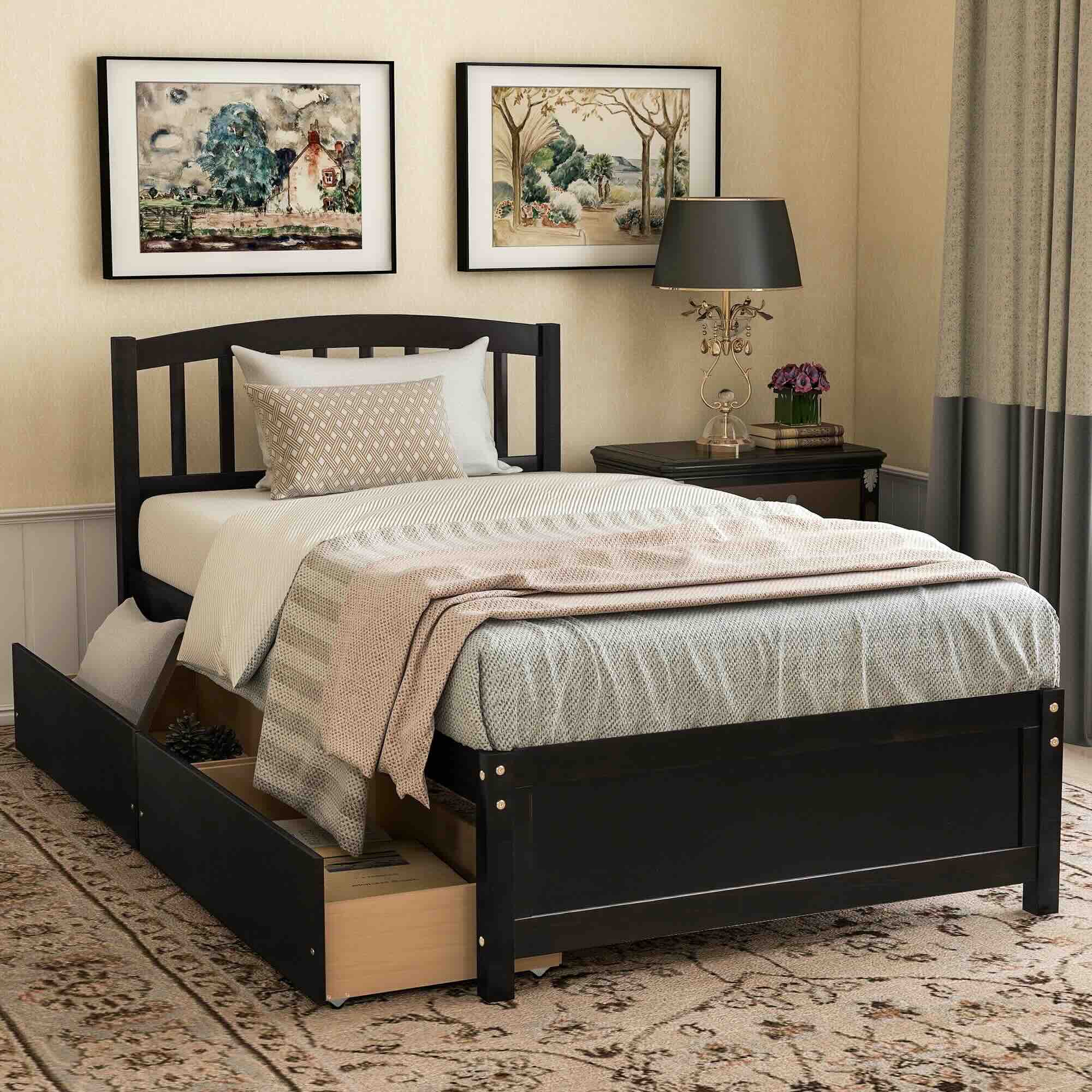
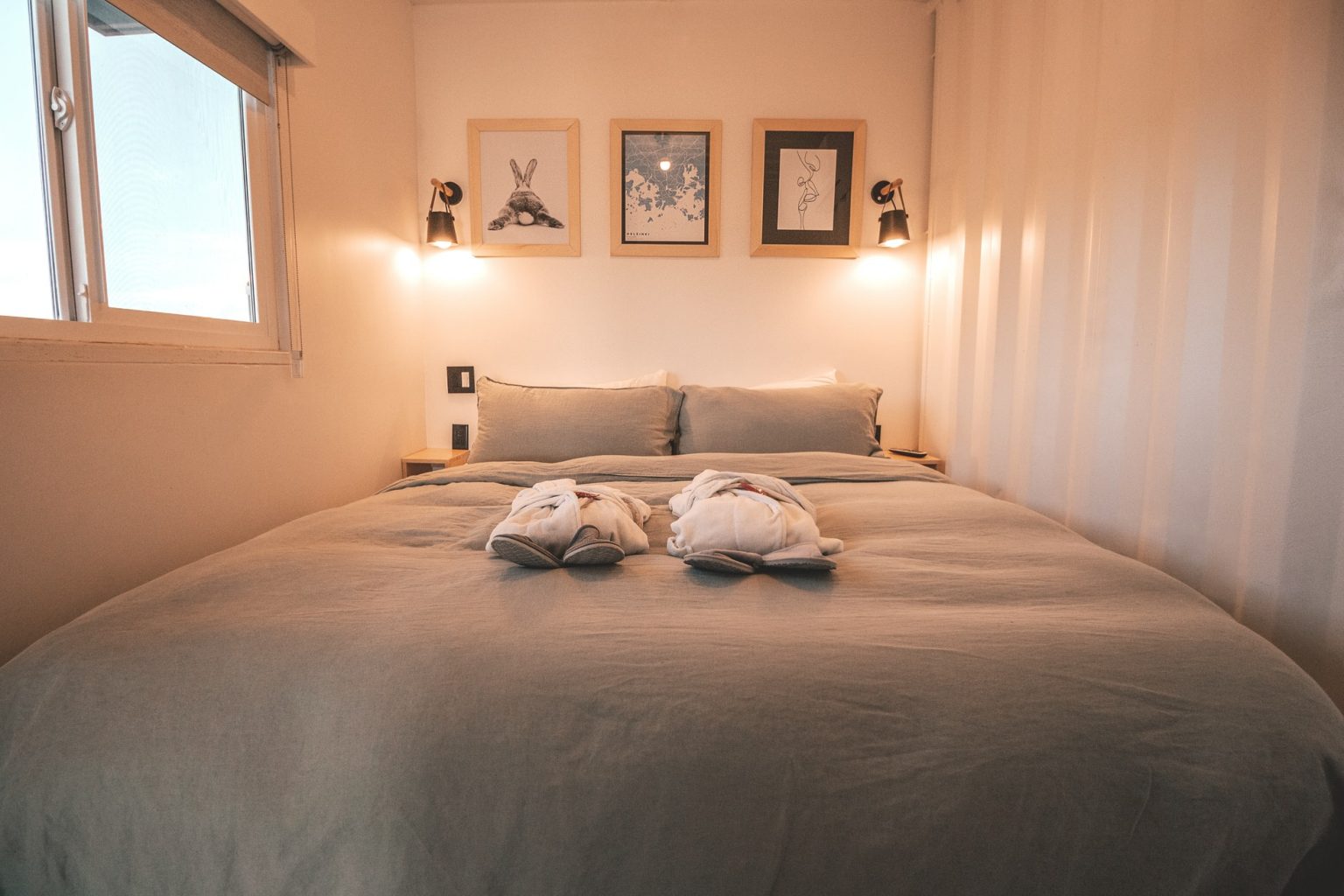
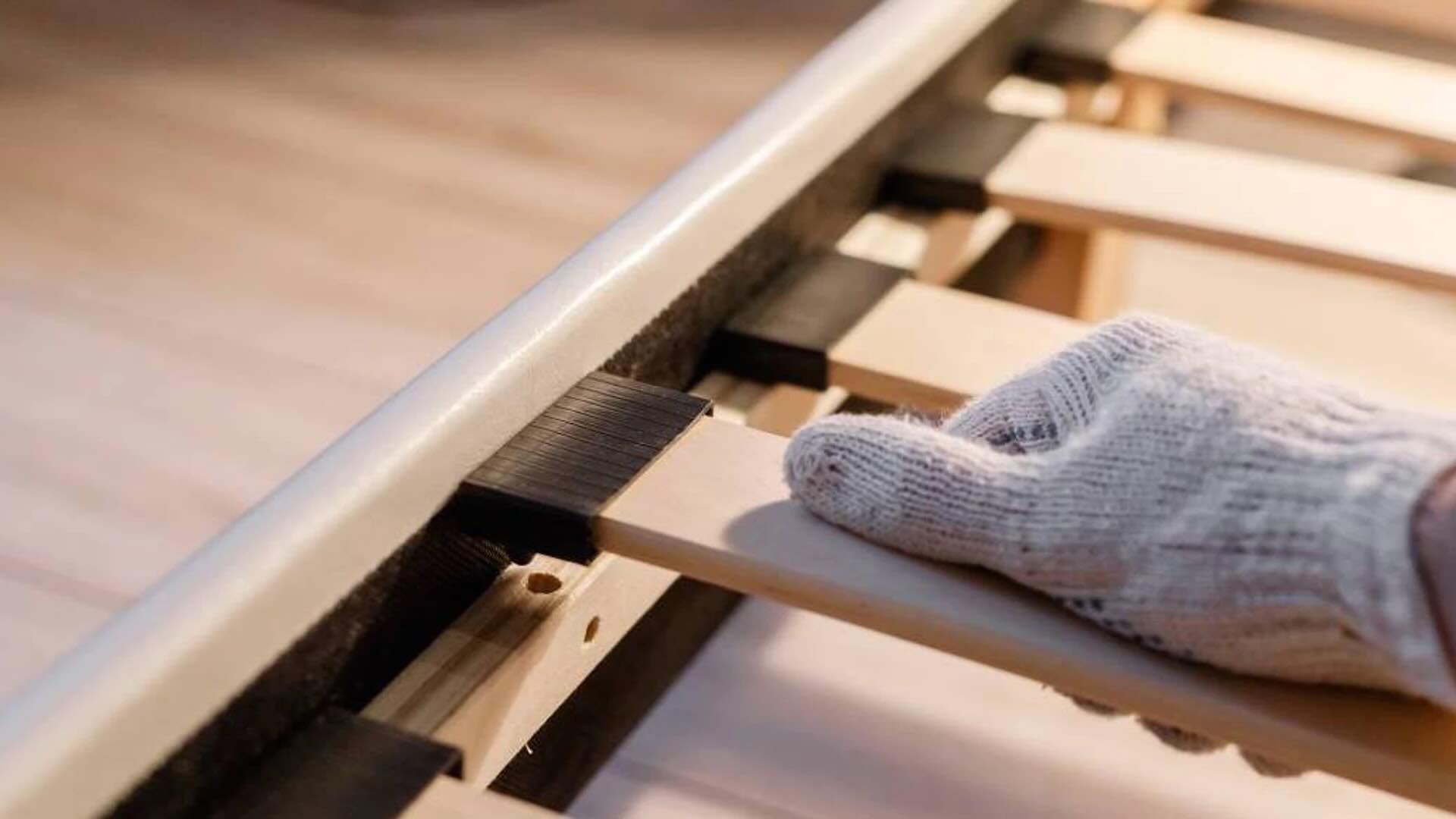

0 thoughts on “How To Prevent My Bed Frame From Moving”